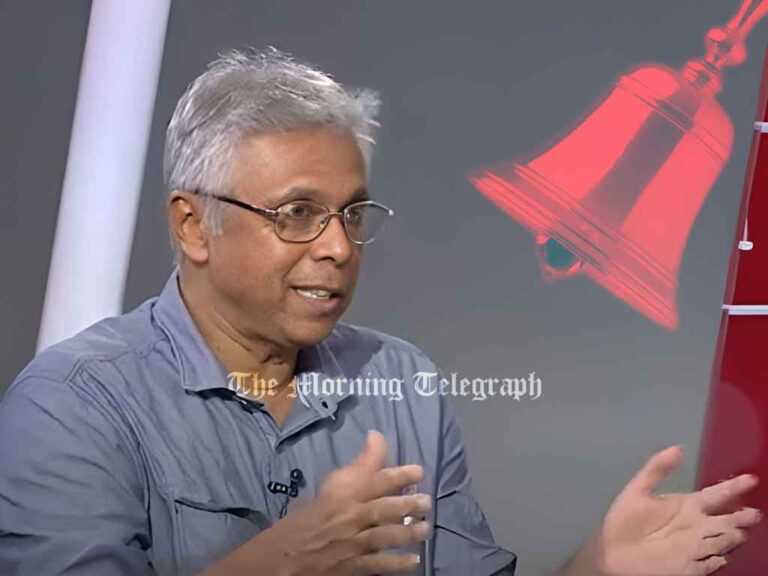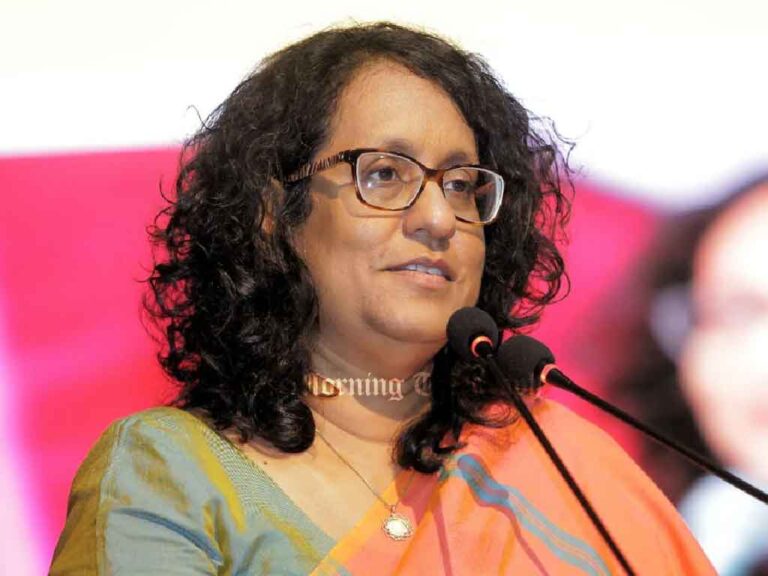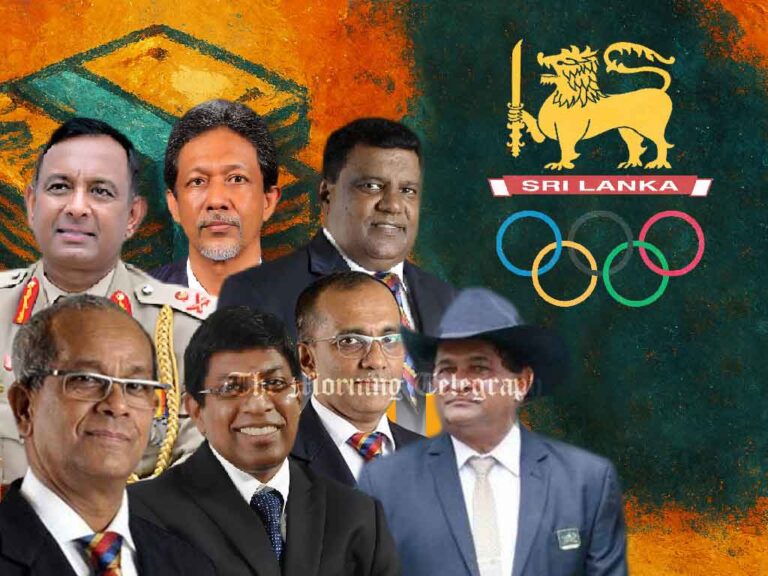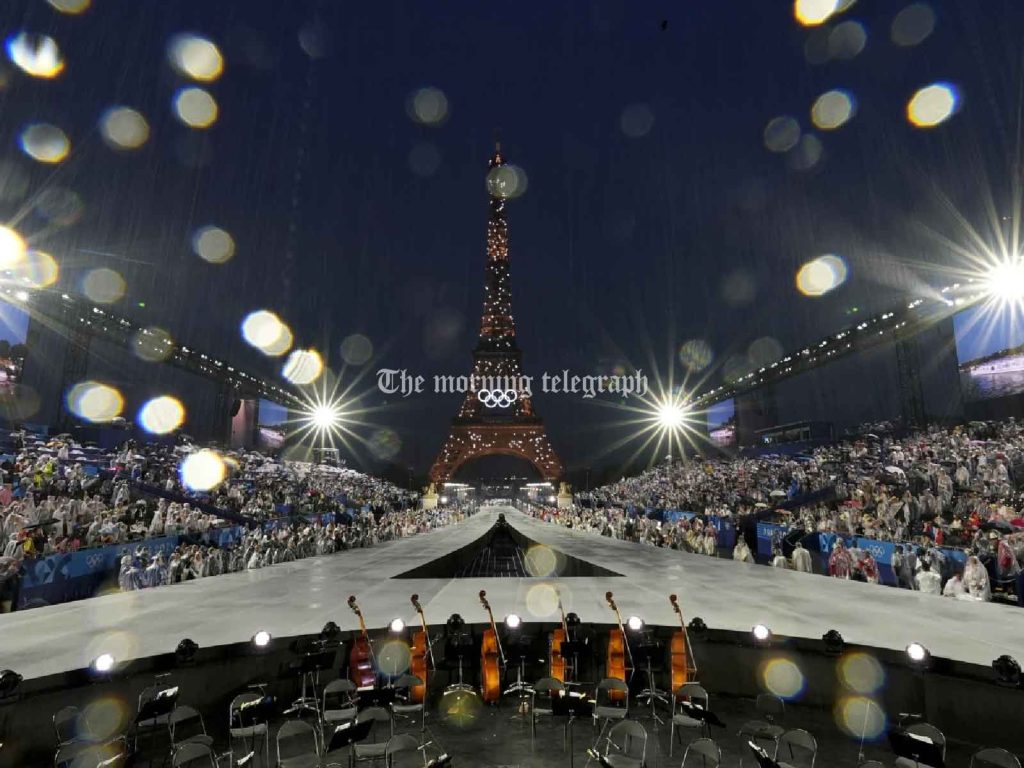
Paris 2024 Olympics: A Dazzling Riverborne Opening Ceremony
The 2024 Olympics opened in Paris with a breathtaking ceremony featuring thousands of athletes navigating the River Seine amidst lively performances on bridges, banks, and rooftops. This marked the first time an Olympic opening ceremony was held on a waterway instead of in a stadium.
The four-hour spectacle culminated with French judo great Teddy Riner and sprinter Marie-Jose Perec lighting a cauldron shaped like a hot air balloon, which ascended into the Parisian sky, symbolizing the beginning of the Games. Blue, white, and red fireworks raised the Tricolore above Austerlitz Bridge as 6,800 athletes from 205 delegations traveled on 85 boats past some of Paris’ most famous landmarks.
Despite major disruptions earlier in the day due to arson attacks on the French train network and heavy rain, the event dazzled spectators with surprise performances, including a cabaret number from US singer-songwriter Lady Gaga and a stirring comeback by Canadian icon Celine Dion.
The rain forced athletes to wear ponchos and carry umbrellas, but it did not detract from the vibrant journey through French history, art, and sport told by 2,000 musicians, dancers, and other artists.
The final boats in the parade featured large contingents from the US, as the next hosts for Los Angeles 2028, and France. Great Britain’s flagbearers, rower Helen Glover and diver Tom Daley, led their team in a city hosting the summer Games for the third time and the first in 100 years.
International Olympic Committee (IOC) President Thomas Bach opened the 33rd summer Olympics, highlighting the event’s role in uniting the world in peace. More than 10,500 athletes will compete across 32 sports, with the Games concluding on August 11.
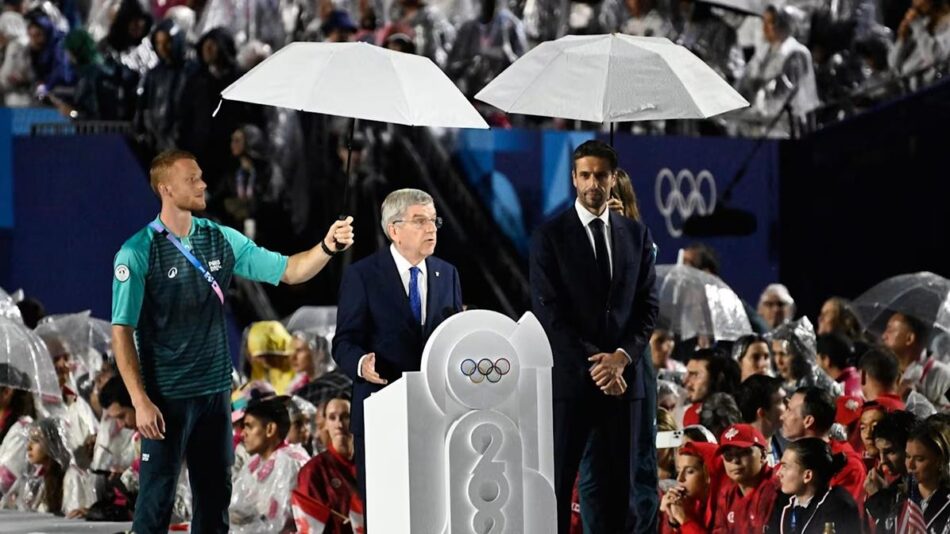
Paris had faced scrutiny for the cleanliness of the Seine and the logistics of transporting thousands of athletes along a six-kilometer stretch of the river without a dress rehearsal. However, backed by a massive security operation involving tens of thousands of police, the city pulled off the ambitious plan.

The ceremony featured various artistic segments, including one focused on rebuilding Notre Dame, damaged by a fire in 2019, and another exploring French history with performances from Les Miserables and heavy metal band Gojira. Musical acts included French-Malian R&B star Aya Nakamura, the world’s most-streamed French-language artist.
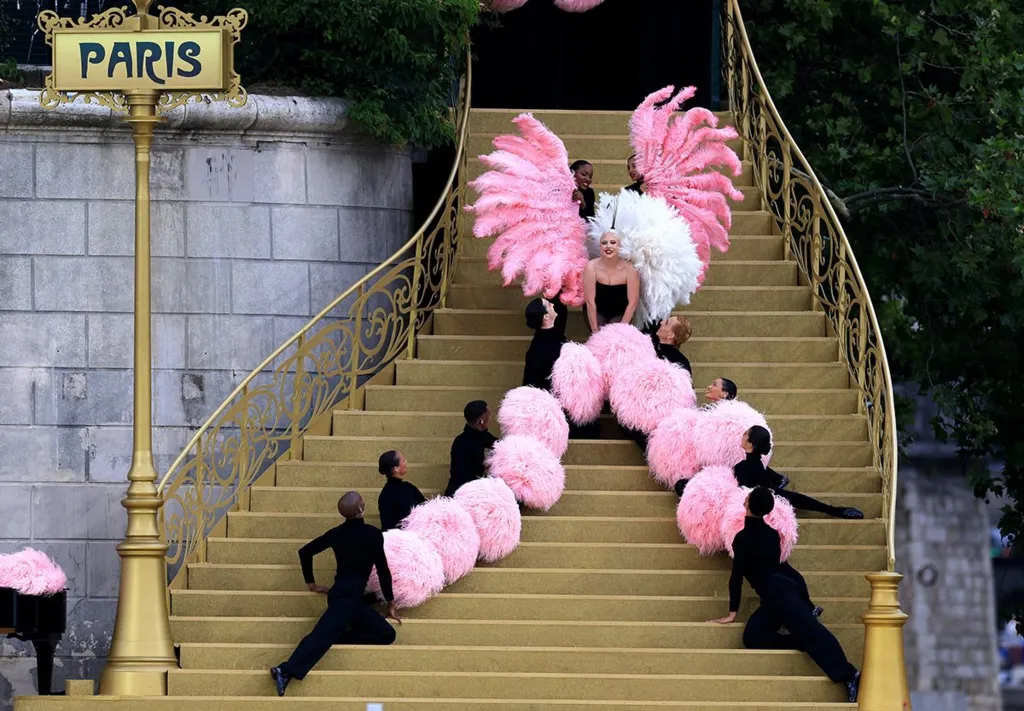

Natalia Kolesnikova/AFP via Getty Images
The ceremony concluded at the Trocadero, with the Eiffel Tower lighting up as the flame, carried by a masked torchbearer and a mechanical horse, was passed to athletes including Rafael Nadal, Nadia Comaneci, Serena Williams, and Carl Lewis. Riner and Perec lit the 30-meter-high hot air balloon cauldron, creating a magical moment as it floated above the city.

Celine Dion’s powerful rendition of Edith Piaf’s “L’Hymne a l’amour” at the Eiffel Tower marked her first performance since revealing a serious neurological condition in December 2022.
In his speech, Bach emphasized the Olympics’ message of unity and tolerance, even as conflicts in Ukraine and Gaza cast a shadow over the event. Athletes from Russia and Belarus were banned from competing under their national flags due to the Russian invasion of Ukraine, with a small number competing as Individual Neutral Athletes (AIN). The Refugee Olympic Team and the Palestine Olympic Committee received some of the loudest cheers of the evening.
More than 100 heads of state and government attended, including Prime Minister Sir Keir Starmer and French President Emmanuel Macron. The ceremony’s blend of history, culture, and athleticism set a vibrant tone for the Games, embodying the spirit of Paris and the Olympic movement.
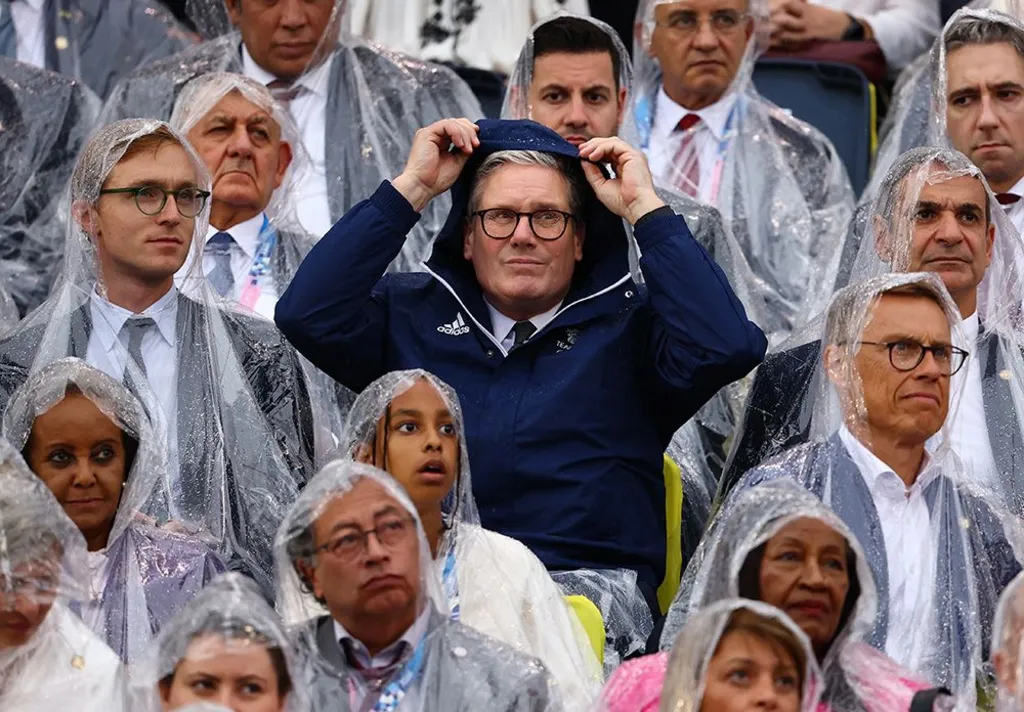
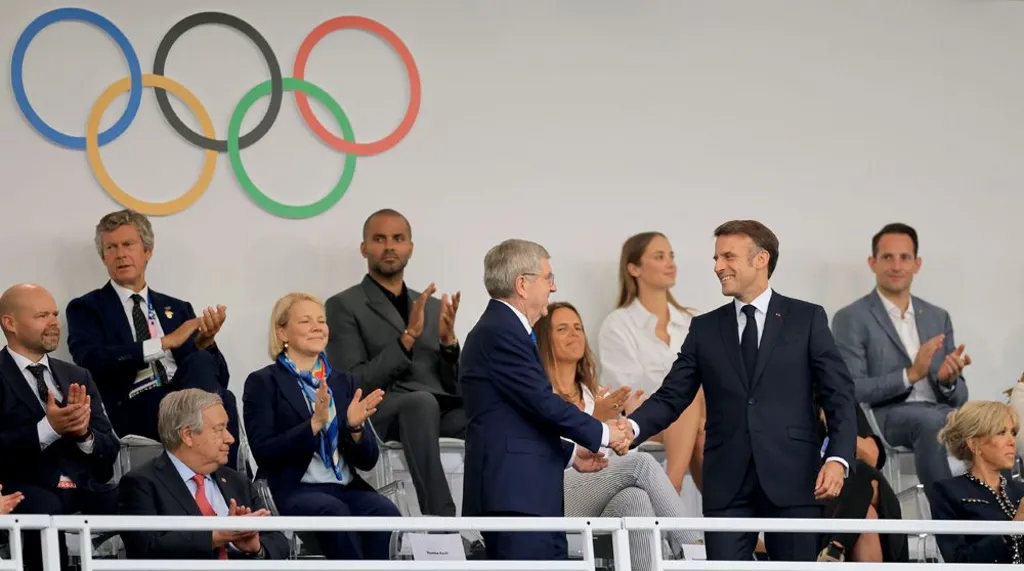
Overall, the Paris Olympics Opening Ceremony was a bold and ambitious event that received both accolades and criticism. The unique setting and cultural performances were highlights, while some controversial choices and logistical issues generated debate and concern.
Positives:
- Innovative Venue: For the first time, the ceremony was held outside a stadium, utilizing the scenic Seine River, which provided a unique and picturesque backdrop. This open-air format allowed the public to be part of the festivities, enhancing the inclusive atmosphere of the event.
- Cultural Showcase: The ceremony featured vibrant performances showcasing French culture, history, and artistry. The blend of traditional and modern elements was widely praised for its creativity and emotional impact.
- Economic Impact: The event highlighted the positive economic implications for France, with predictions of generating substantial revenue and creating numerous job opportunities. The emphasis on sustainability and social responsibility was also well-received.
Negatives:
Mixed Reception to Modern Elements: While the innovative and modern aspects of the ceremony were appreciated by many, others felt that certain contemporary elements overshadowed the traditional Olympic spirit. This dichotomy in reception highlights the challenge of balancing innovation with tradition.
Controversial Displays: Some elements of the ceremony sparked backlash, notably a performance parodying Leonardo da Vinci’s “The Last Supper” with drag queens and other figures. This segment was criticized by various groups and individuals, including religious communities and public figures, for being disrespectful.
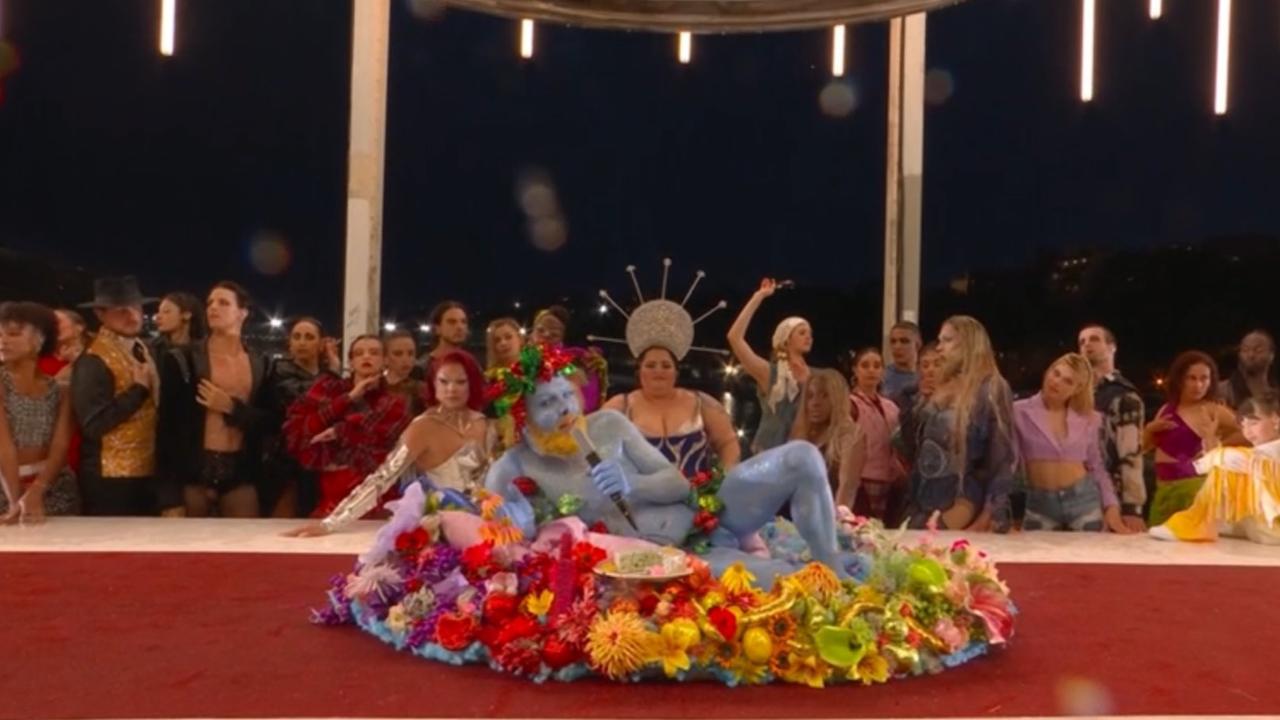
Logistical Challenges: Hosting the ceremony along the Seine presented significant logistical challenges, including managing large crowds and ensuring security. There were concerns about the accessibility and safety of the event, which detracted from the overall experience for some attendees.
However the Ceremony was Spectacular. Here are some of the captures of the ceremony.
- River Seine Parade: Athletes and performers glided along the River Seine, with the cityscape providing a stunning backdrop to the vibrant procession.
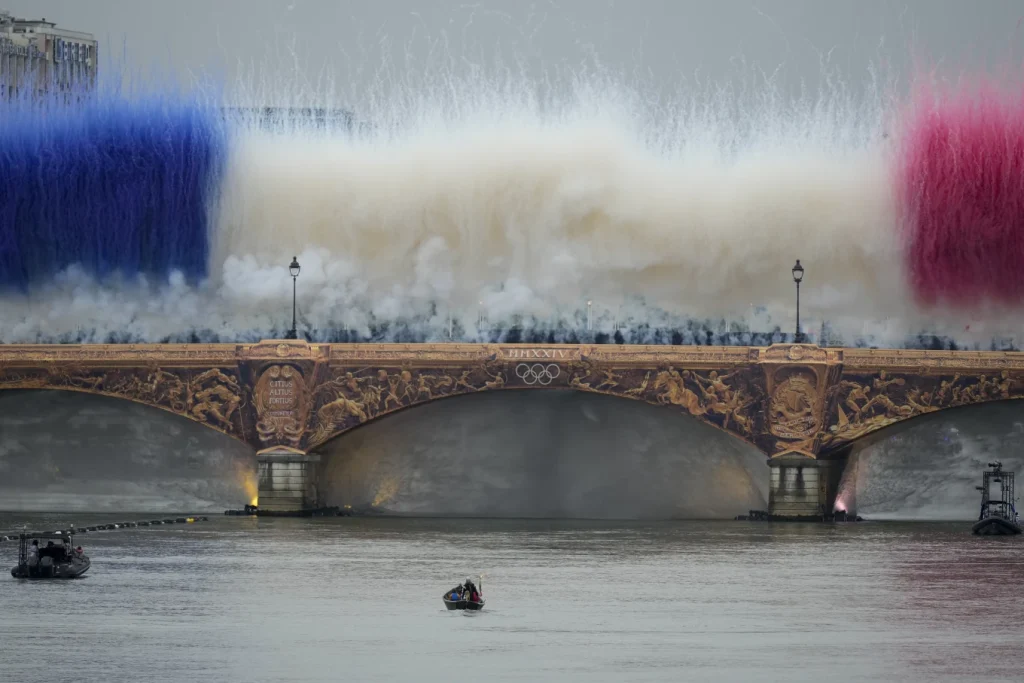
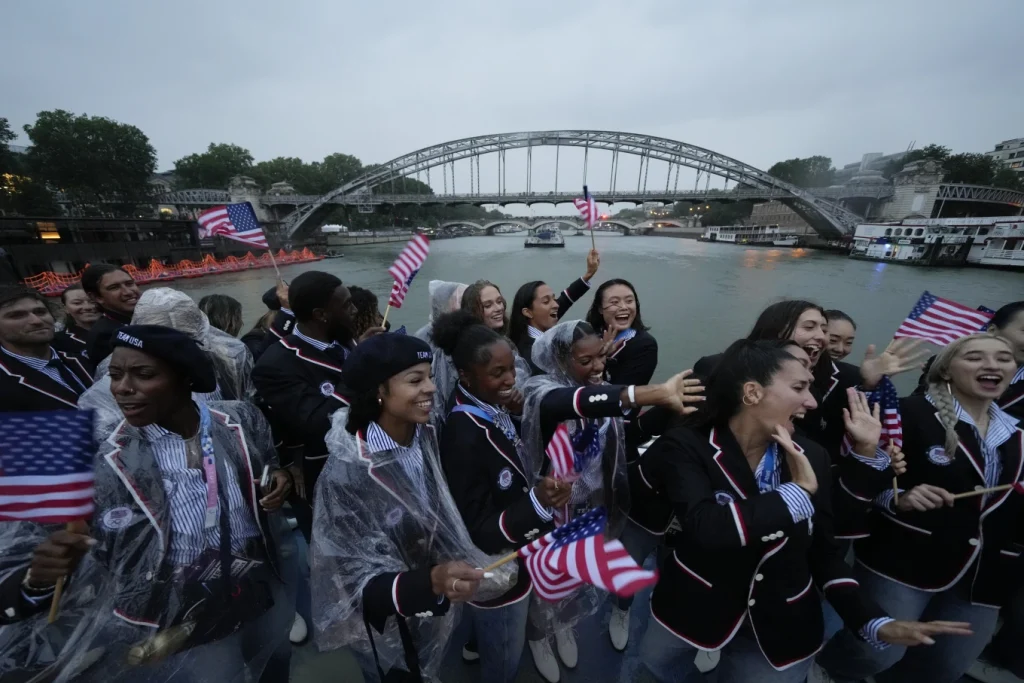
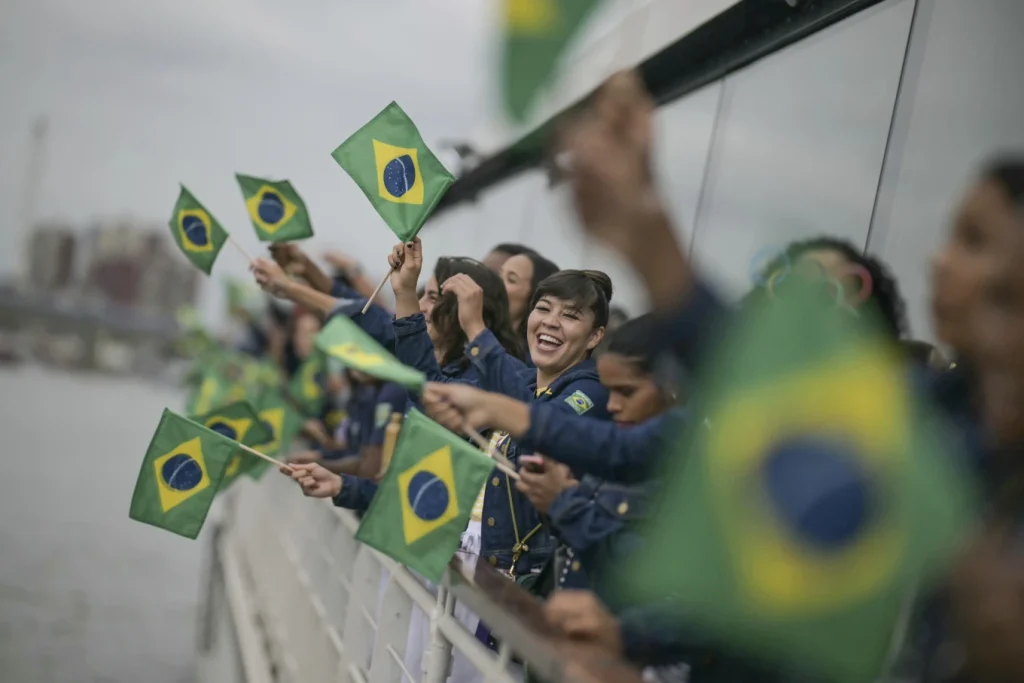
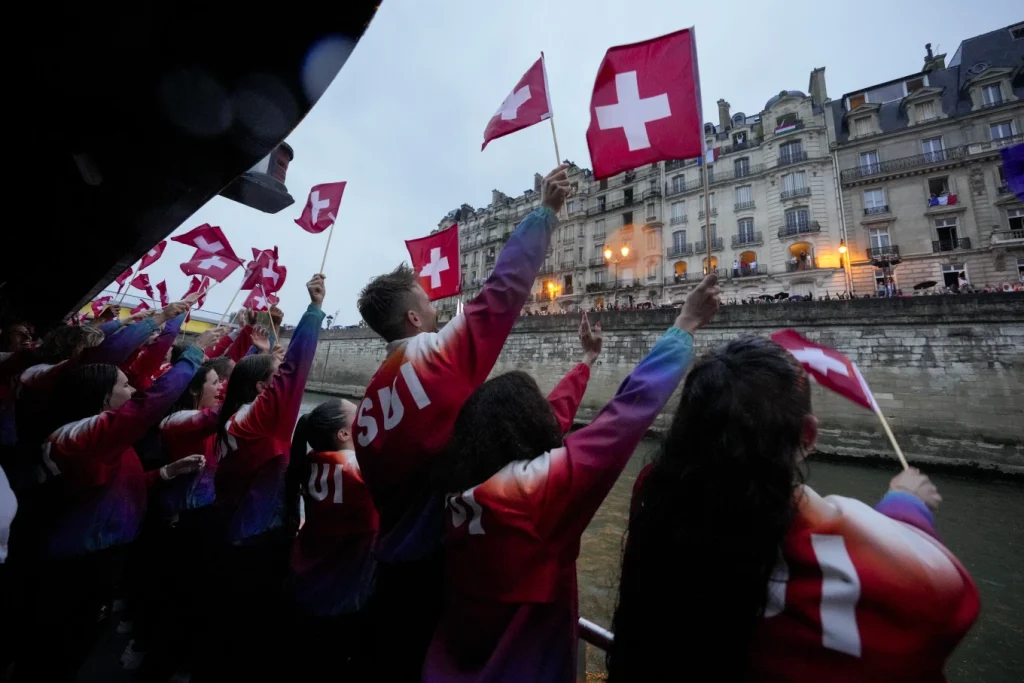
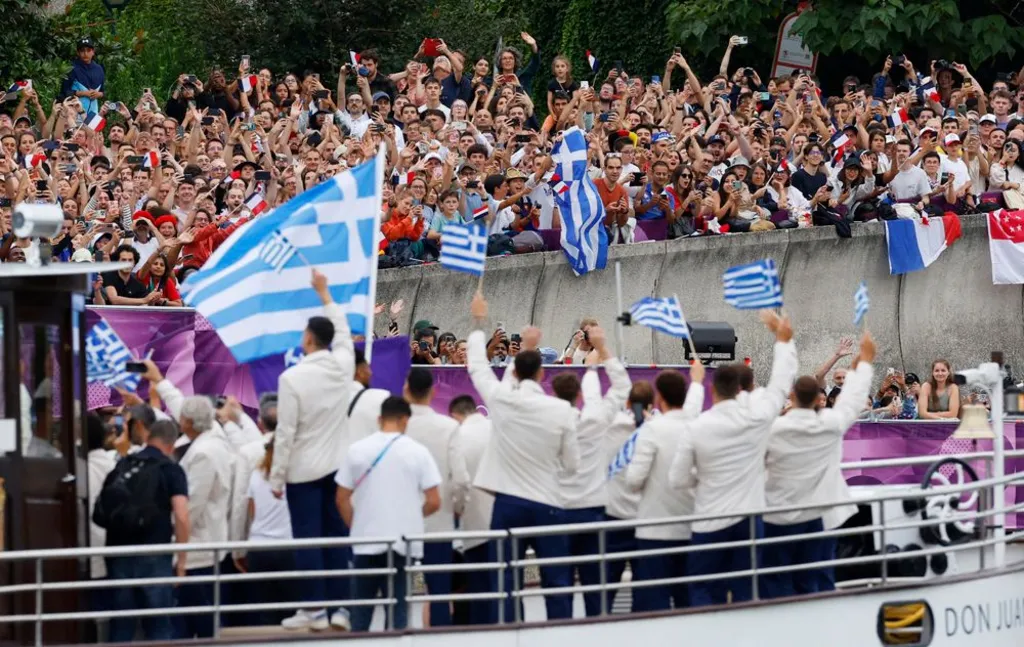
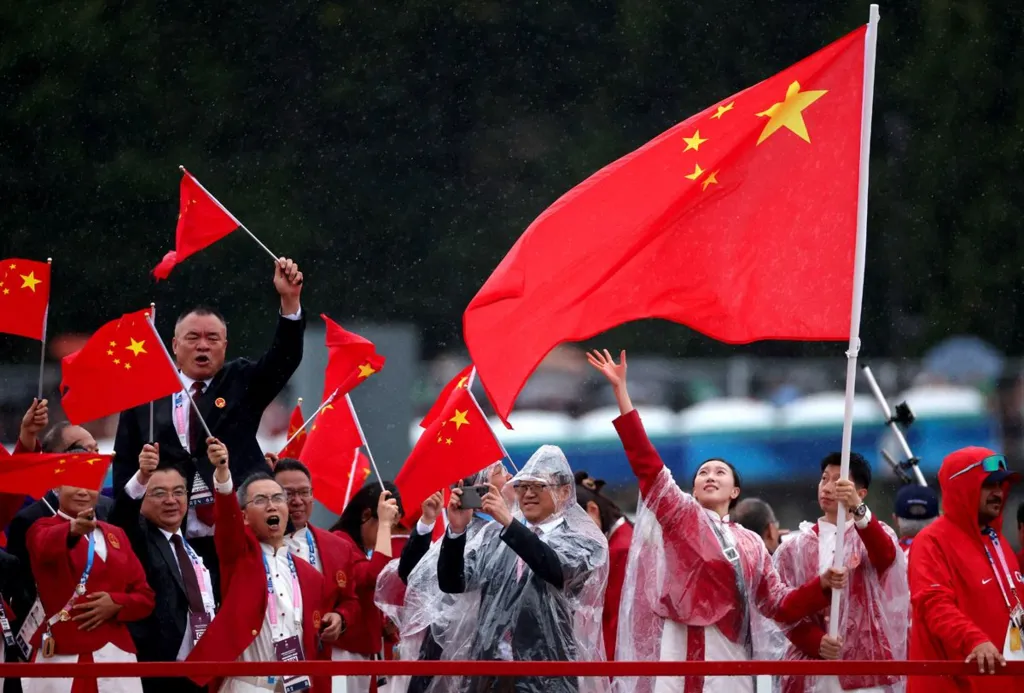
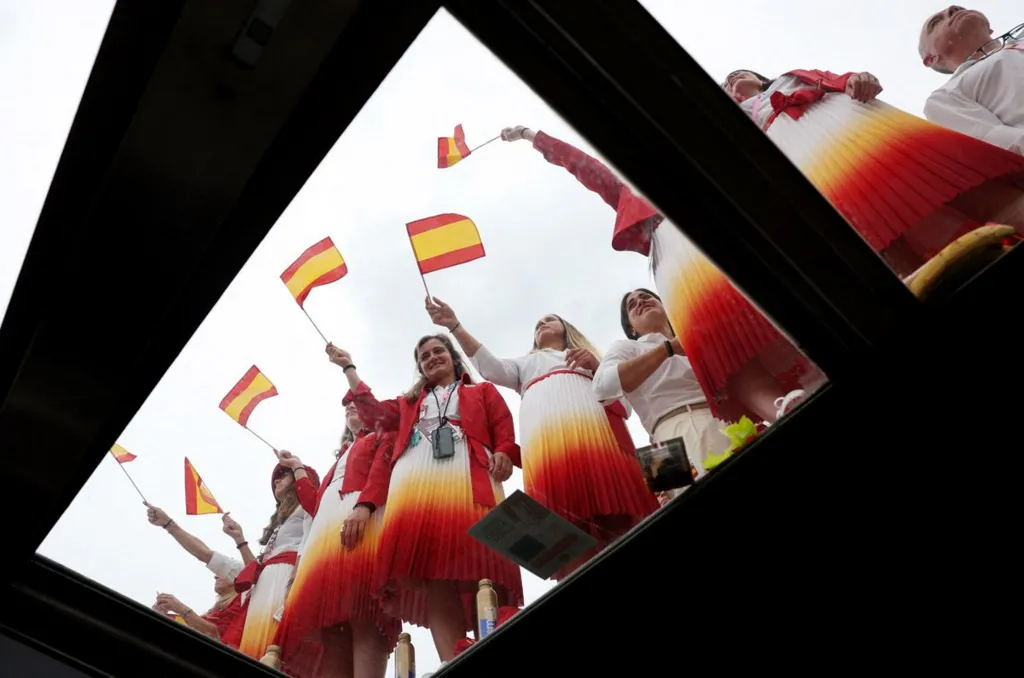
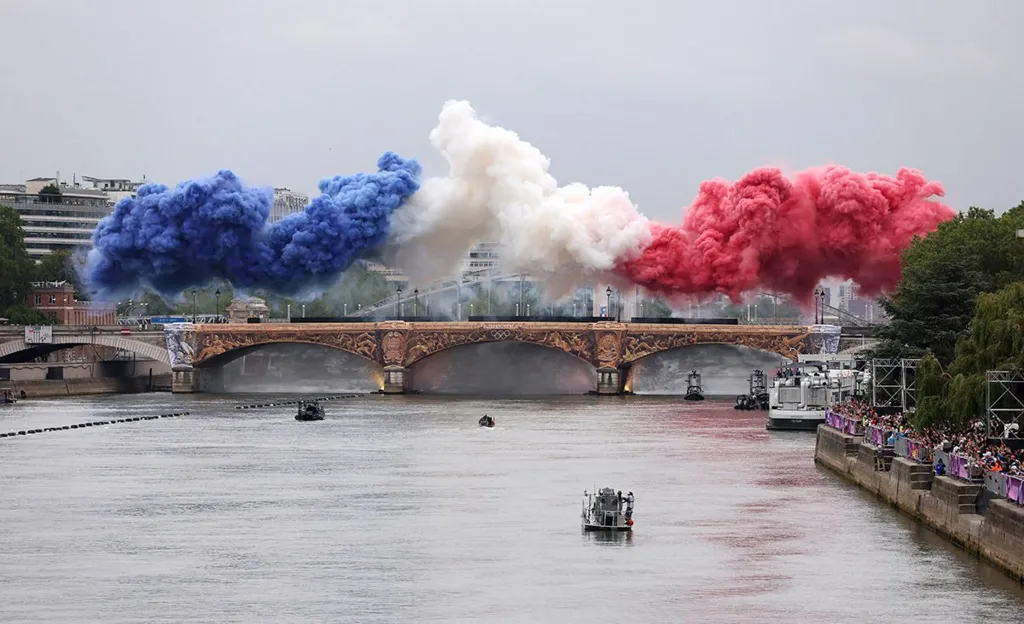
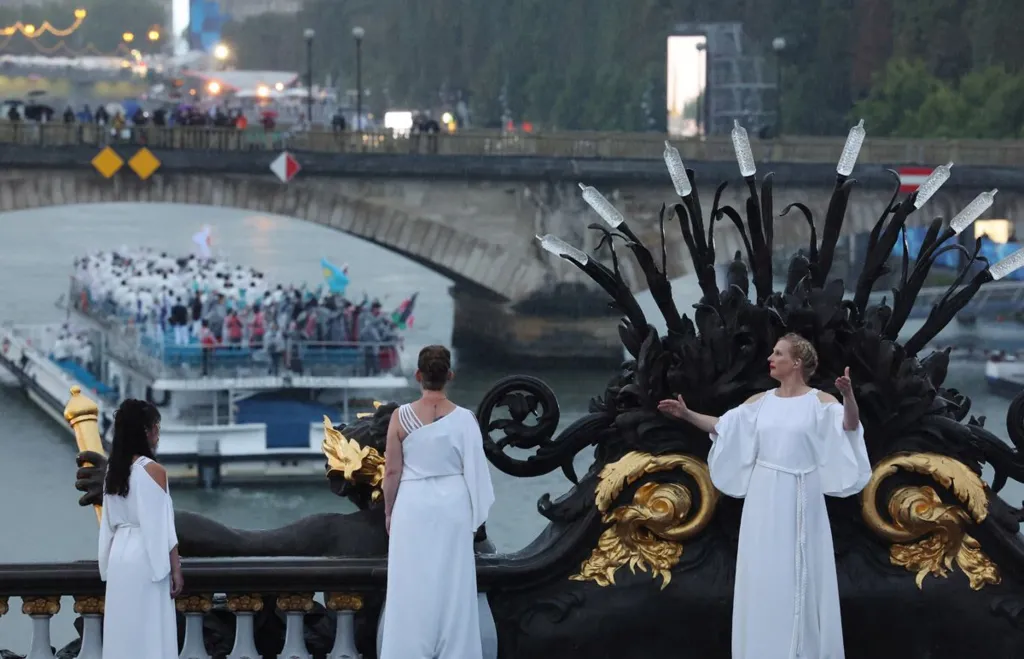

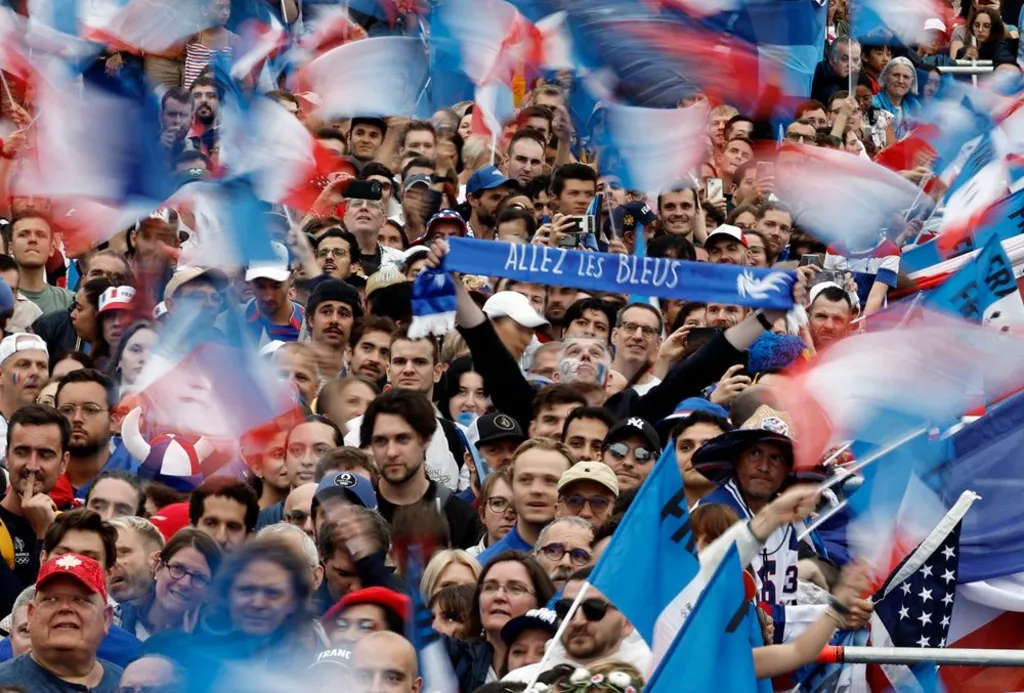
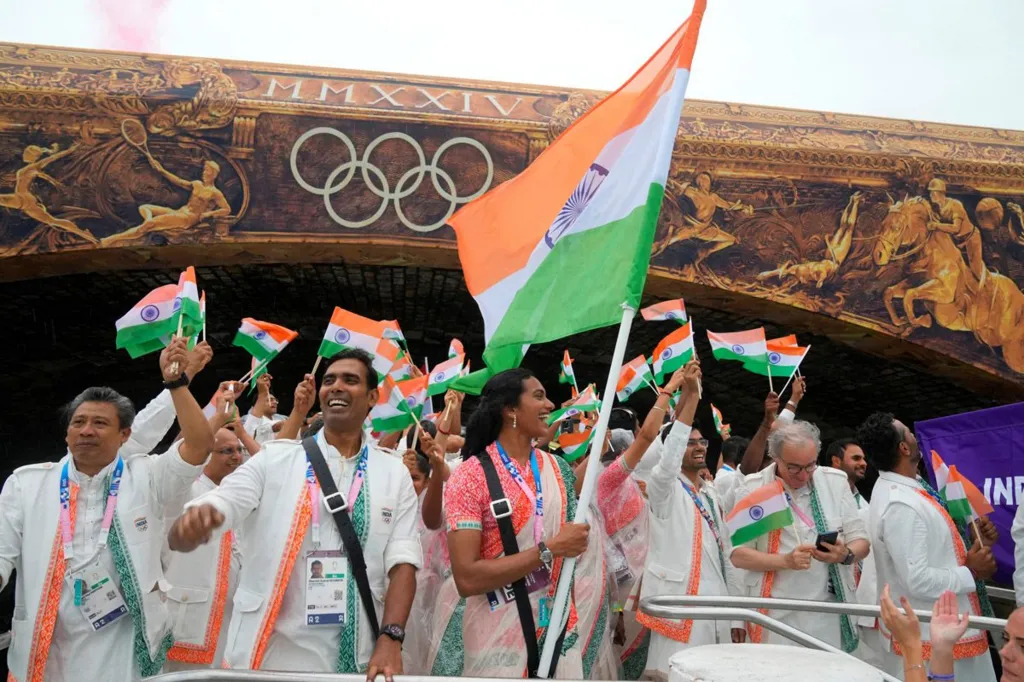
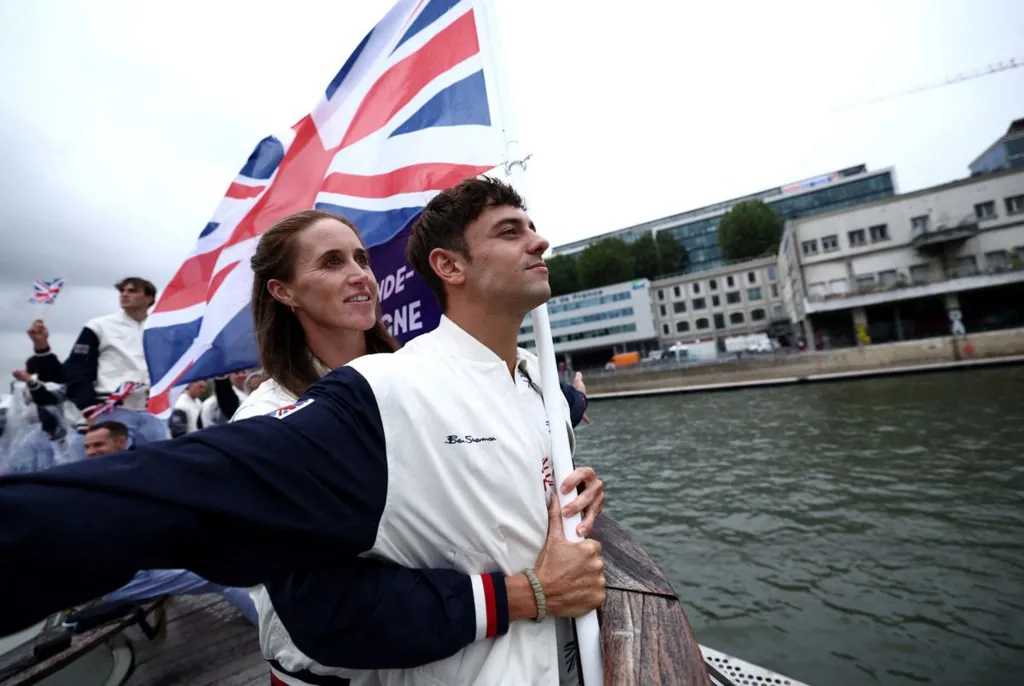
- Eiffel Tower Spectacle: The Eiffel Tower was transformed into a canvas of light, projecting an array of colourful patterns that mesmerized spectators.
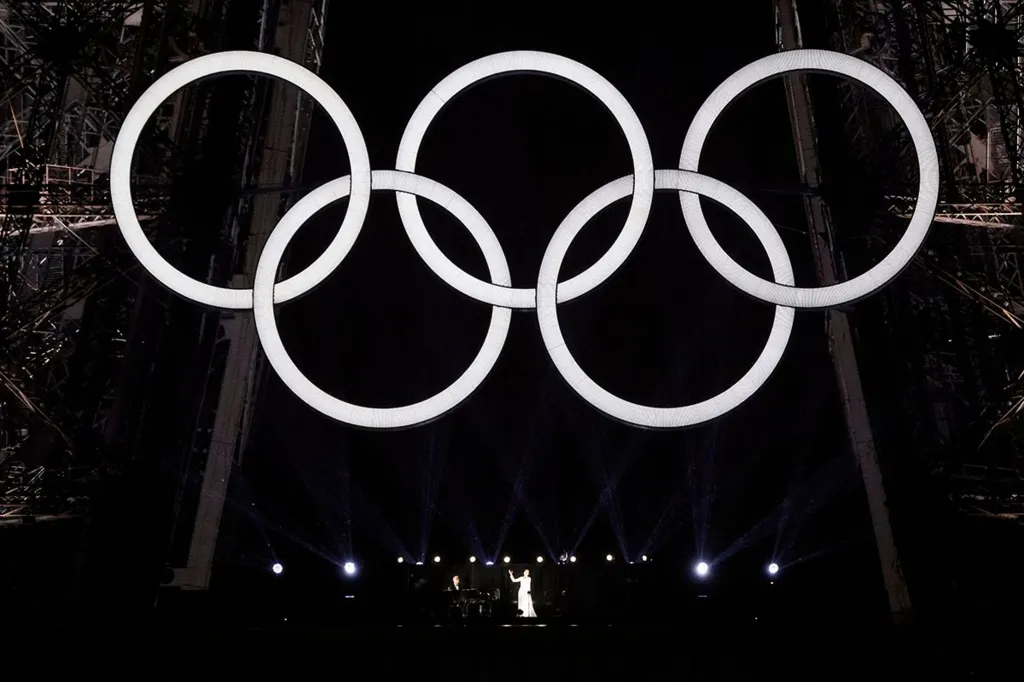

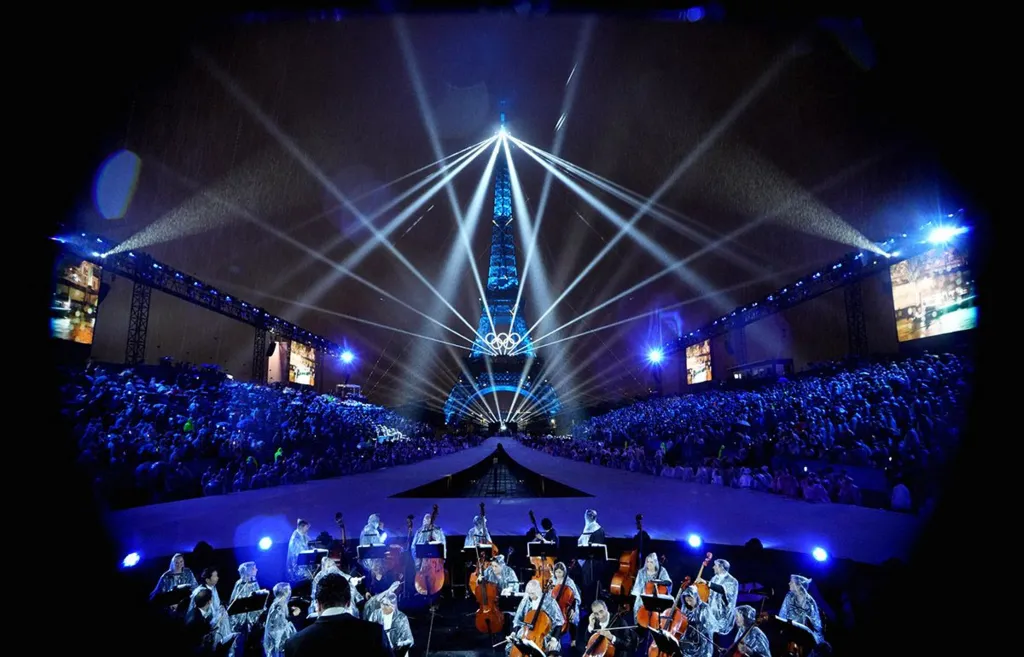
- Citywide Celebration: Paris’ streets and landmarks were bathed in a glow of festive lights, showcasing the city’s ability to seamlessly blend tradition with innovation.
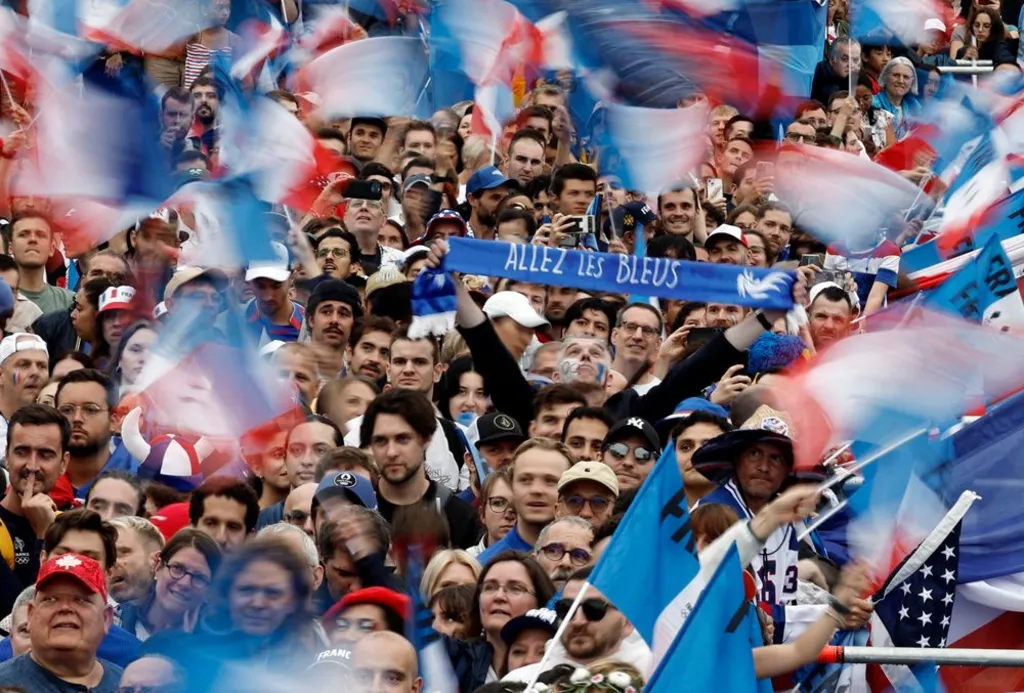
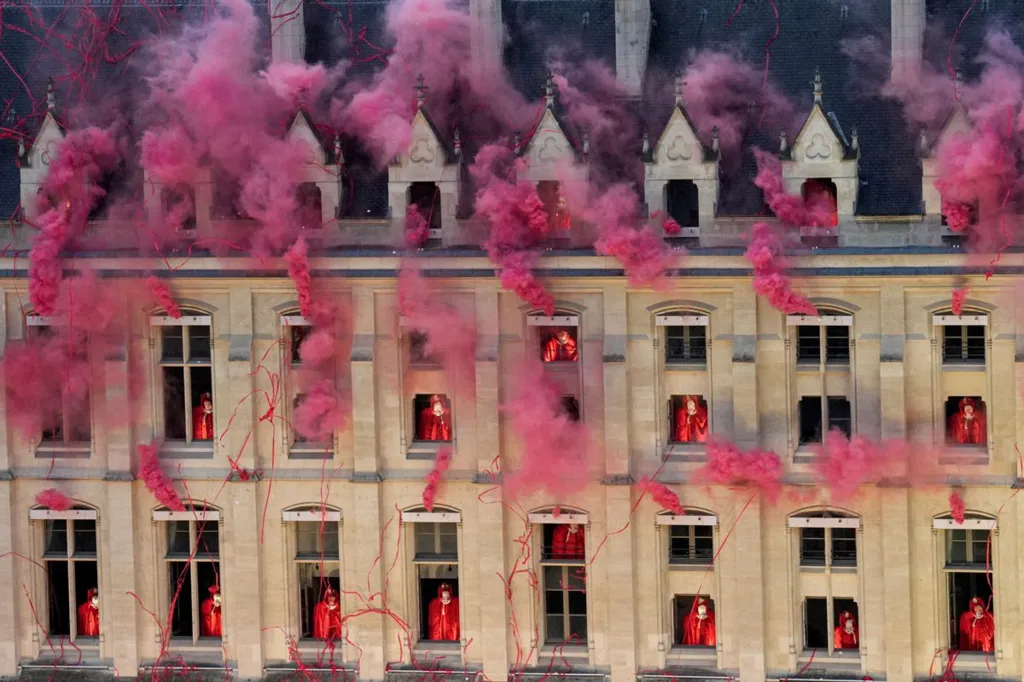
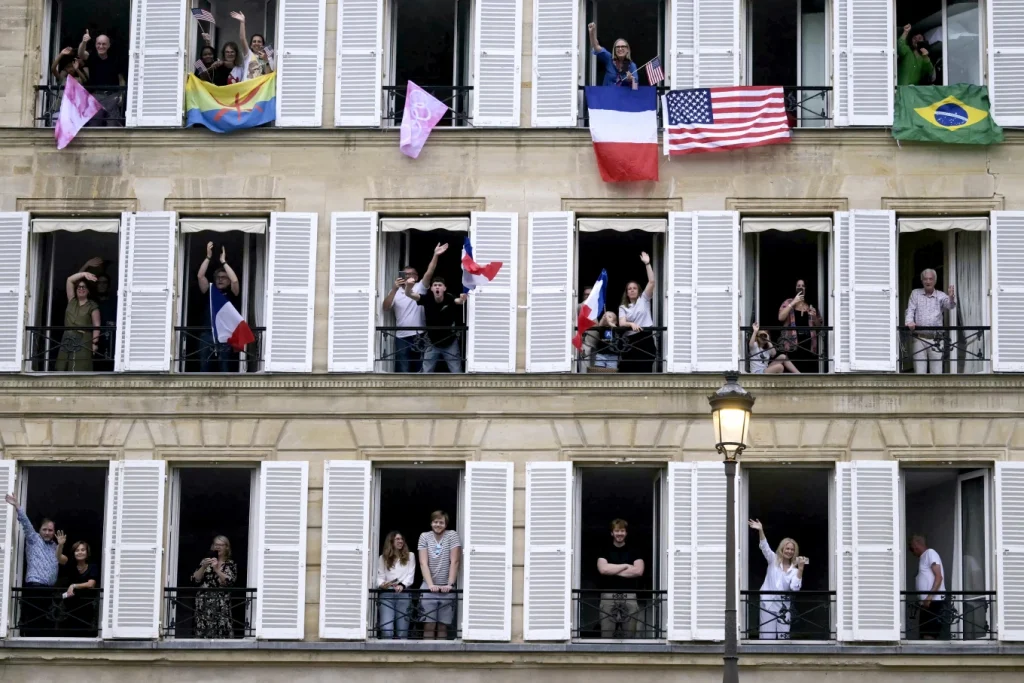
- Dramatic Skies: Despite the rain, the evening was illuminated by spectacular pyrotechnics, adding an extra layer of grandeur to the night.
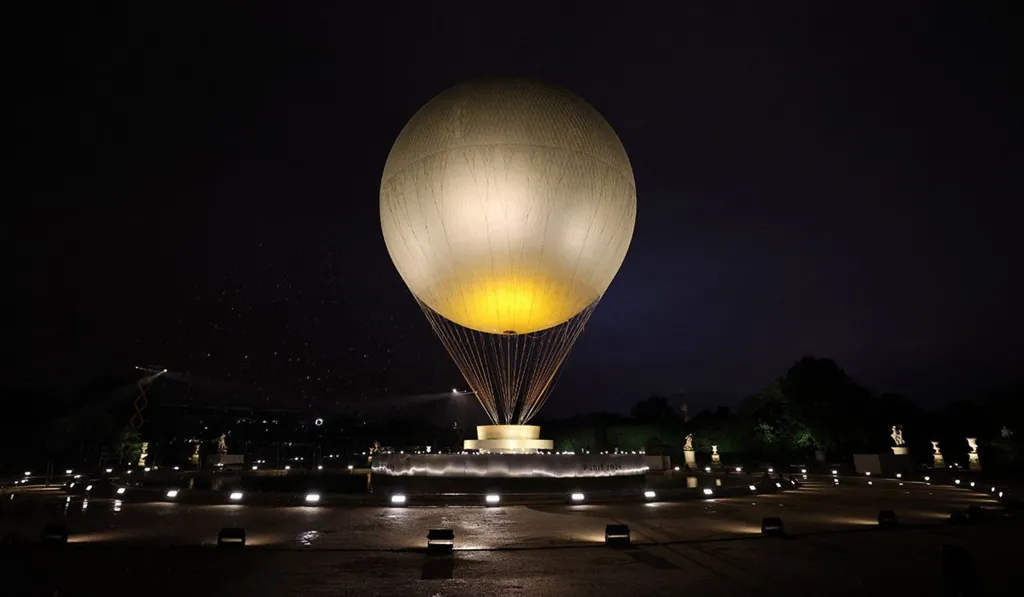

- Global Unity: The parade featured a diverse range of cultures and traditions, celebrating the Olympic spirit of unity and inclusivity on a global scale.
The Paris 2024 opening ceremony will be remembered as a groundbreaking event, setting a new standard for future Olympic Games with its ambitious and visually stunning approach.

